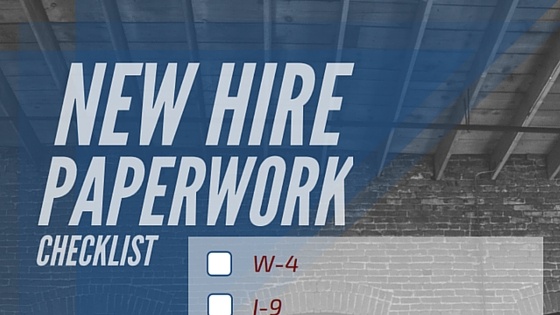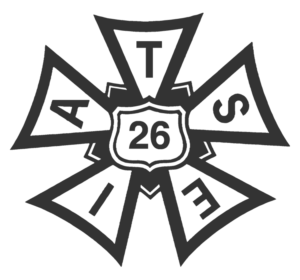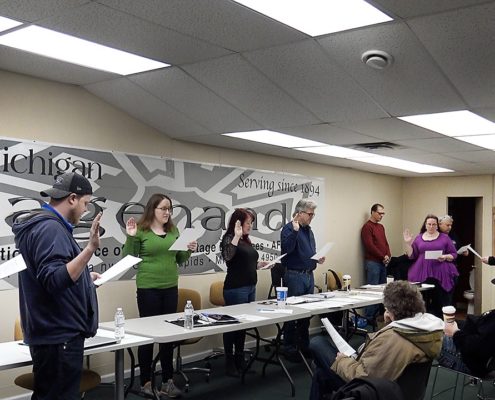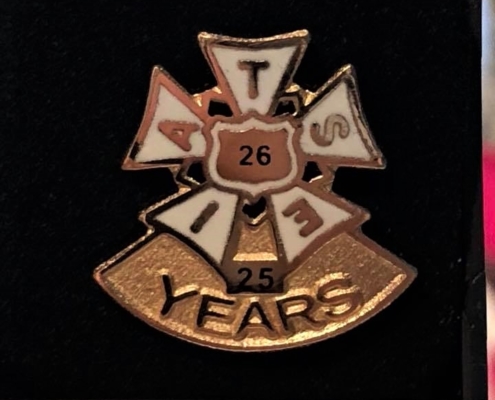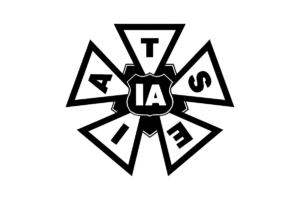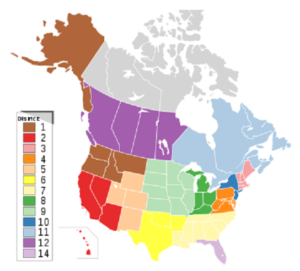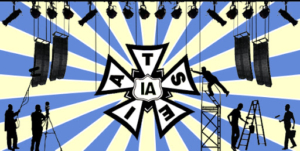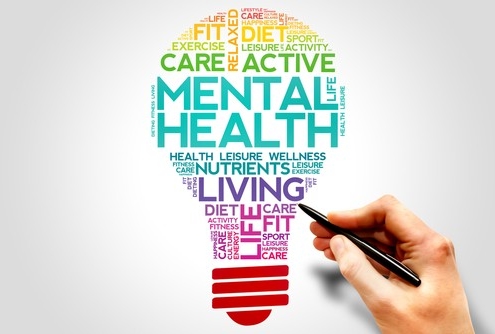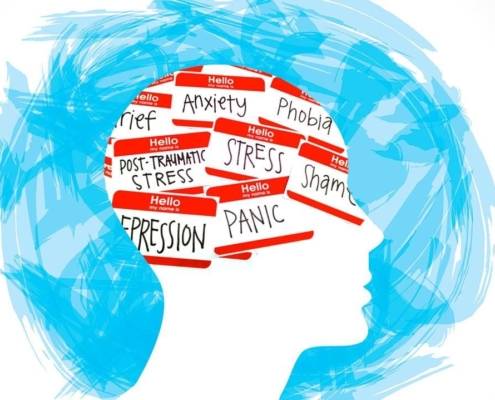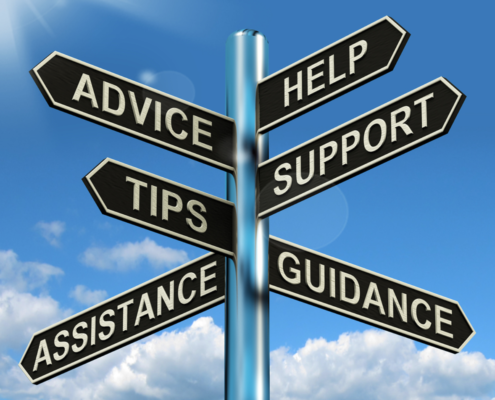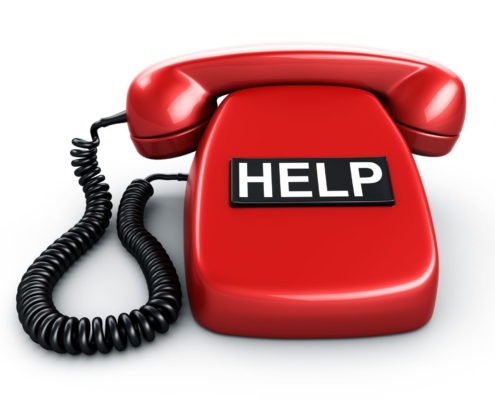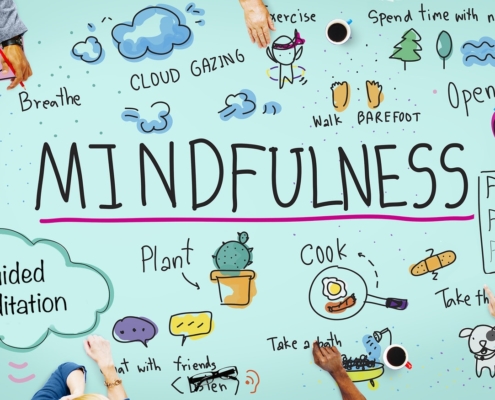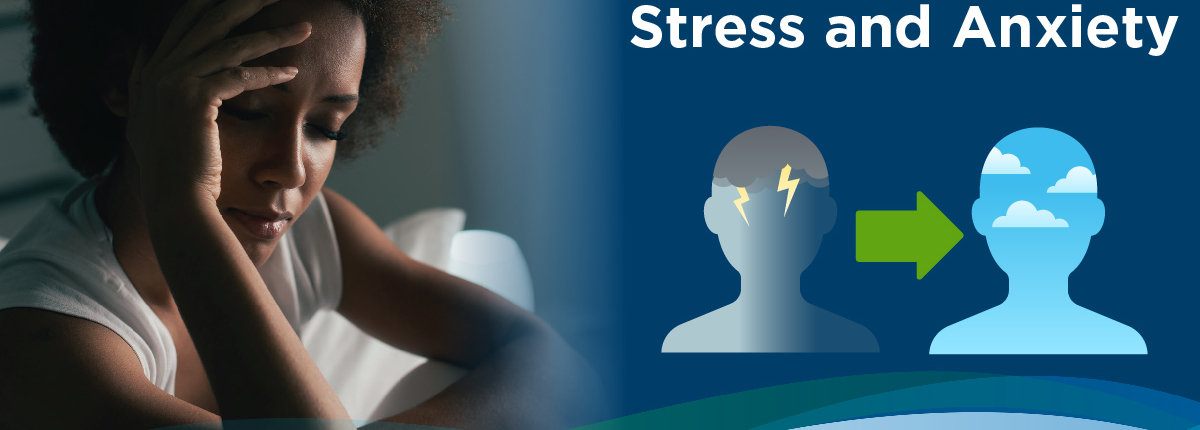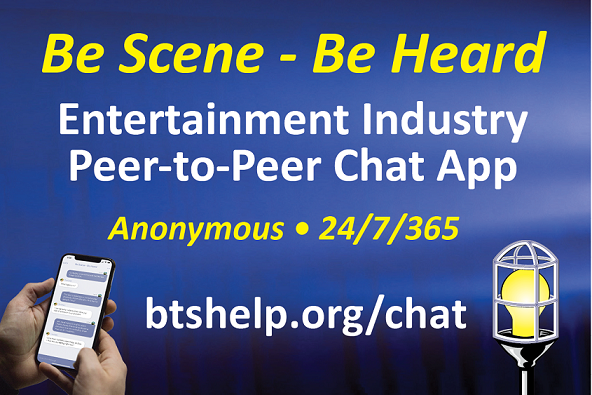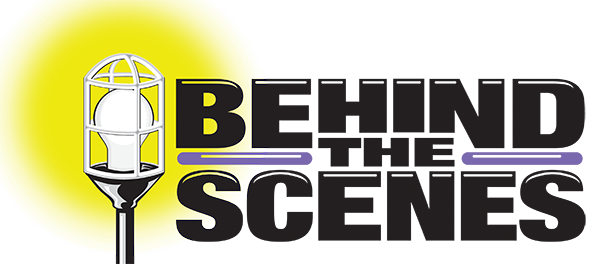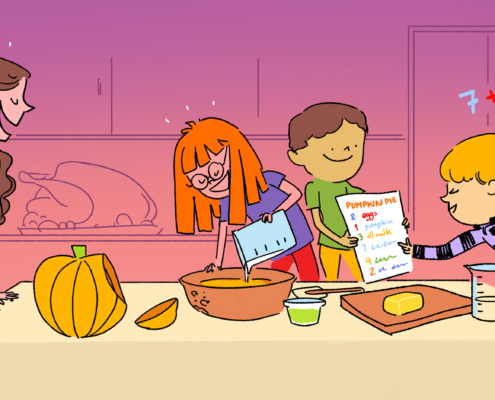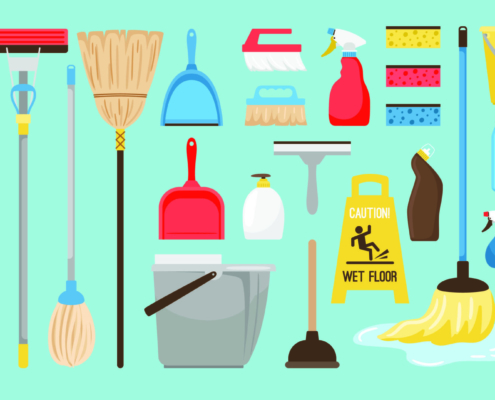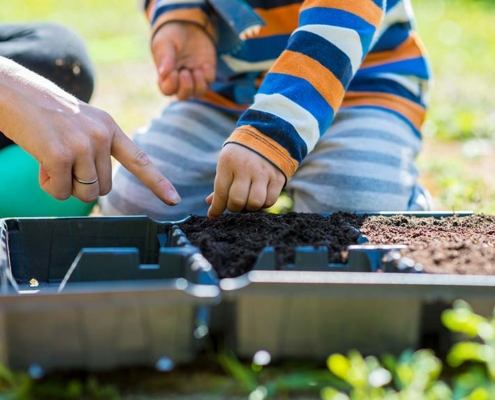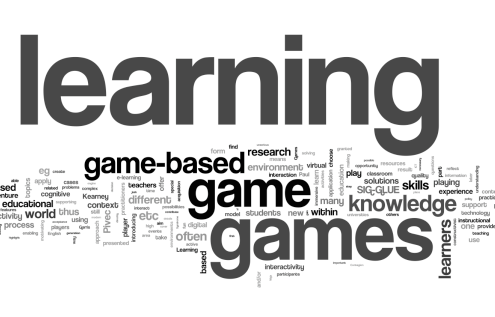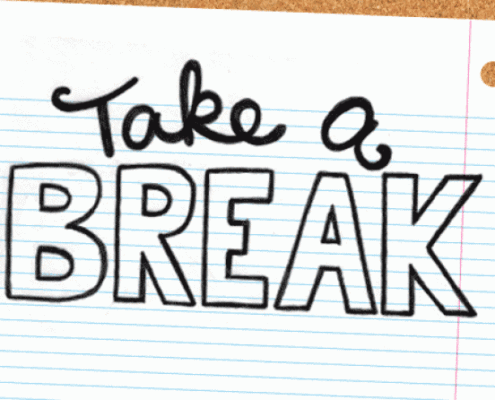New Payroll Paperwork
(Updated 16 August 2021)
(Updated 30 April 2021)
Most of you have already heard UTP needs everyone to do new paperwork the next time they work. There are two reasons for that:
- During the down time, they went through their files and purged everyone who had not worked in a year prior to March.
- While they were going through their files, they discovered most of the I-9s they had on file were improperly filled out, and the federal government has gotten stricter about enforcing those rules.
While some of you may already be current on paperwork, it was decided EVERYONE should fill out the packet again to avoid missing anyone. If you have not worked on a UTP-paid job recently, there is no hurry and you can fill it out either when it’s convenient for you or when you are scheduled to work the next time (which will hopefully be sooner than later!). If you have worked a UTP-paid job since September 1st, the only way to ensure you receive your pay is to fill it out ASAP.
Some things have changed from how you’re used to doing it, and they are important changes! First, the person who sees your supporting citizenship documents in person must fill out Section 2 of the I-9. That is the second page, where your documents are listed with their numbers and expiration dates (if any). This part cannot be filled out by the employee themselves, only the employer representative. You must show them a physical copy of your supporting citizenship documents. Photocopies or photographs are no longer acceptable; you must show the actual items.
Traditionally, we have suggested a driver’s license/state ID and either a birth certificate or a social security card. In lieu of those, a valid US passport has been suggested. We are not allowed to require any specific documents. The complete list of acceptable documents for each list (you must either provide one from List A or one each from Lists B and C) can be found at the Department of Homeland Security. Again, please bring the actual documents with you so we can see them, or we will be unable to complete your paperwork.
UTP has helpfully put together highlights of the instructions for the I-9. I’ve added my own actual highlights for those things most often missed. A copy is included with each paperwork packet at the office.
- You must write something in EVERY box in Section 1. If something does not apply to you, you must write “N/A” in that box. Yes, even apartment number. No boxes can be left empty. None.
- Your dates must be written in the correct format or your I-9 will be rejected. MM/DD/YYYY. In other words, if your birthday is January 7, 1980, you must write it as 01/07/1980. Same thing for the date you fill out the form. 10/31/2020 or 11/03/2020 or whatever. Has to have two digits each for month and day, and four digits for year. Every time.
- You must check a box as to your residency status. 99.999999% of you are citizens, which is the easy option. If any of you are not, please check the appropriate box and write any required document number(s) in the appropriate box.
- This one is tricky, since the photocopies aren’t as clean as I’d like. You must check a box indicating if you used a preparer/translator or not. It’s in a dark space so it’s hard to see at first glance, but it’s there and it’s important. If you do use a preparer/translator, they must fill out the information in that section.
That’s it! You’re done with your portion of the I-9! The page you see below requires nothing of you except that you provide your supporting documents from the list. We take care of the rest.
The rest of the packet is what you’re used to, for the most part. The Federal W-4 has a couple of extra pages with formulas and charts so you can figure out what you need to do when you have multiple employers. Those worksheets are for your records and are not required by the IRS through the payroll company.
Michigan W-4 is the same as it ever was, as is the Grand Rapids W-4. Please note, even if you live in a city other than Grand Rapids that charges a city income tax, UTP will not withhold that city’s tax. The only exception is if the work is performed in another city which has an income tax, such as Walker, Battle Creek, or Muskegon. To the best of my knowledge, we have never performed work for UTP in a city other than Grand Rapids which has its own city income tax.
Also in the packet is the authorization to deduct Local 26’s referral fee (currently 6%) from your check, which is a document you are required to sign under the Referral Procedure in order to work. The last form is a direct deposit application, should you want UTP to pay you that way rather than with a paper check. Please note, if you choose to use direct deposit, you must provide an email address where they can send your check stub. They do not physically mail direct deposit receipts.
This one is tricky for a lot of people for some reason. The IA26 office is open on Tuesdays from 10:00 AM to 2:00 PM and Fridays from 12:00 PM (noon) to 4:00 PM. If you want to walk in without having to make an appointment, you must come during those times.
However, we’re willing to work with you because we understand those hours might not work for everyone. If you call the office (616-742-5526) during those hours or send an email to mail(at)iatse26.org, or use the “other” subject line on our Contact Us form with days/times you would like to come, we will do our best to make that happen. If possible, give us multiple choices so there’s a better chance someone will be available to meet you. It could be evenings or weekends if necessary. We want you to get paid, so we’ll try to get you in as soon as we can.
If you’d like to save time and fill out everything before you come in, great! The entire packet is available for download on the IA26 website under Member Documents – Steward Documents. Note: If that link does not work for you, please apply for an account on the IA26 website. Simply print, fill out, and bring with you when you come and it should take less than 5 minutes to make sure everything is properly filled out and get copies of your I-9 documents. Otherwise we have packets already printed at the office you are more than welcome to fill out when you get there. Whatever works for you.
****FACE COVERING REQUIRED**** Also, we limit the number of people other than staff in the office at any one time to two. Surfaces are sanitized after each use.
Any questions, please don’t hesitate to call or email the office! We’re here to help, Tuesdays 10-2, Fridays 12-4, or by appointment.
You know how this ends, it’s what I do… Be safe. Be well. Mask up. GET VACCINATED. And as always… WASH YOUR HANDS!

